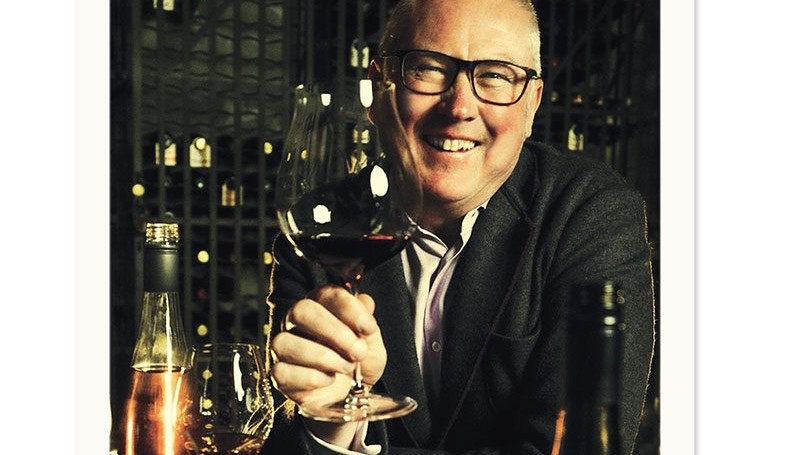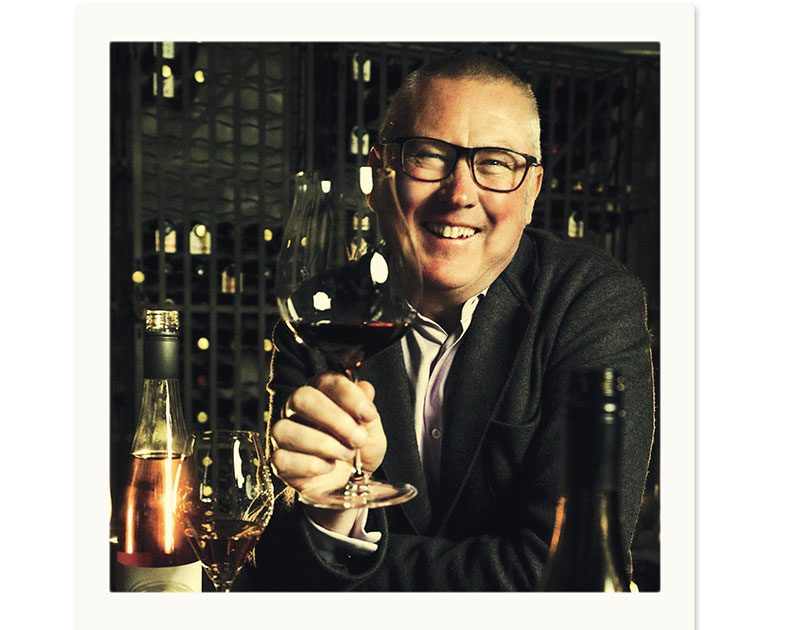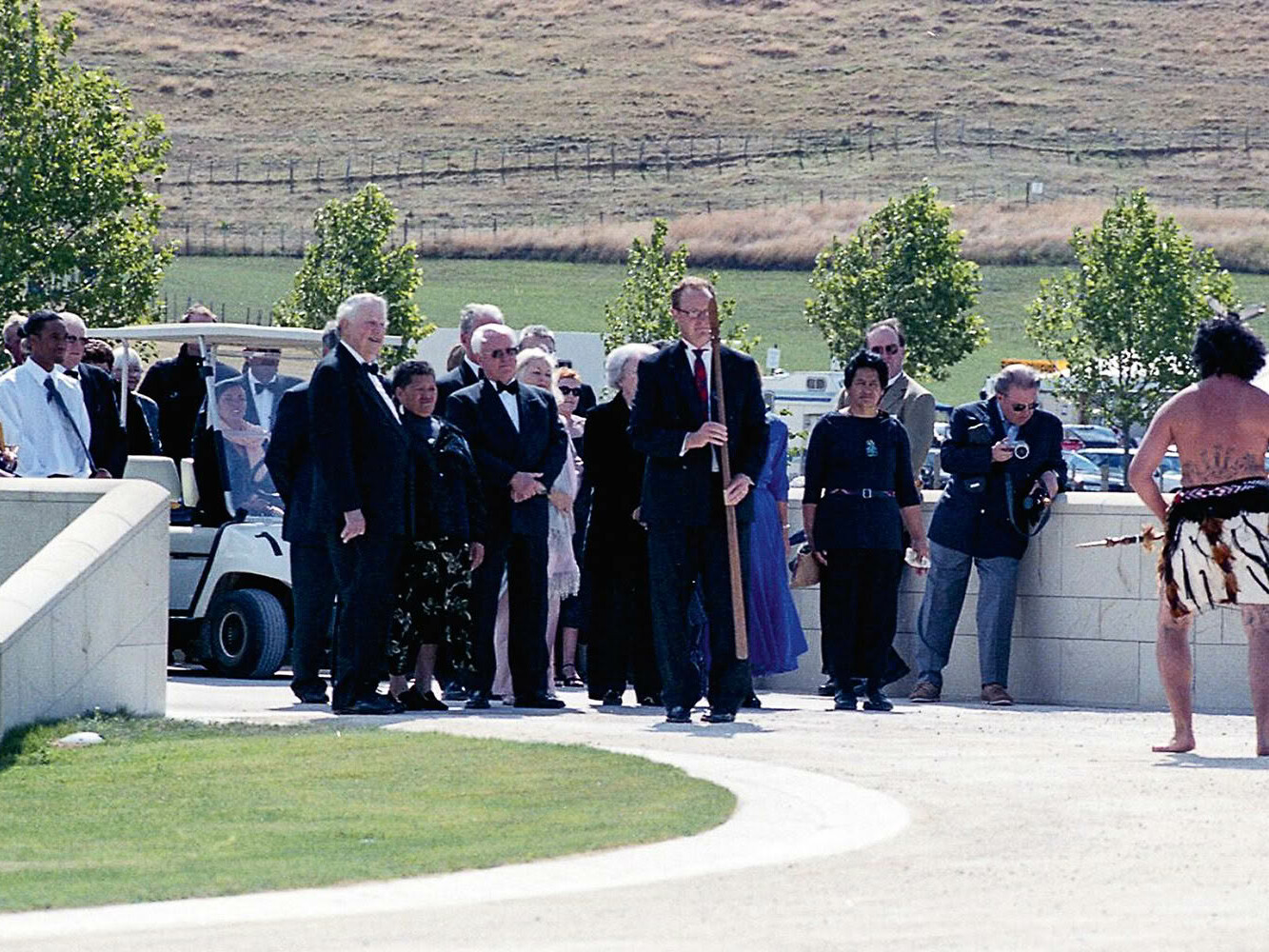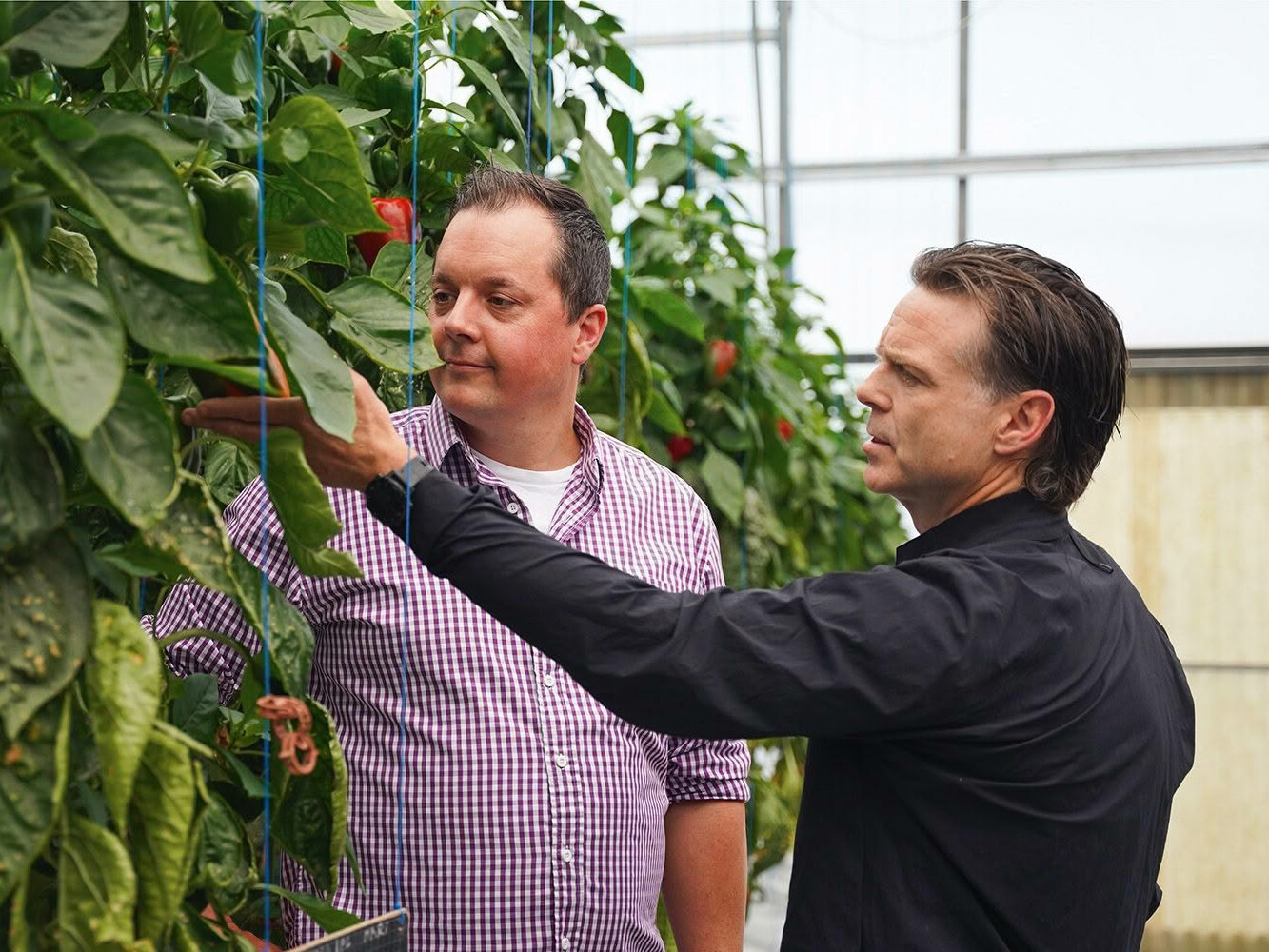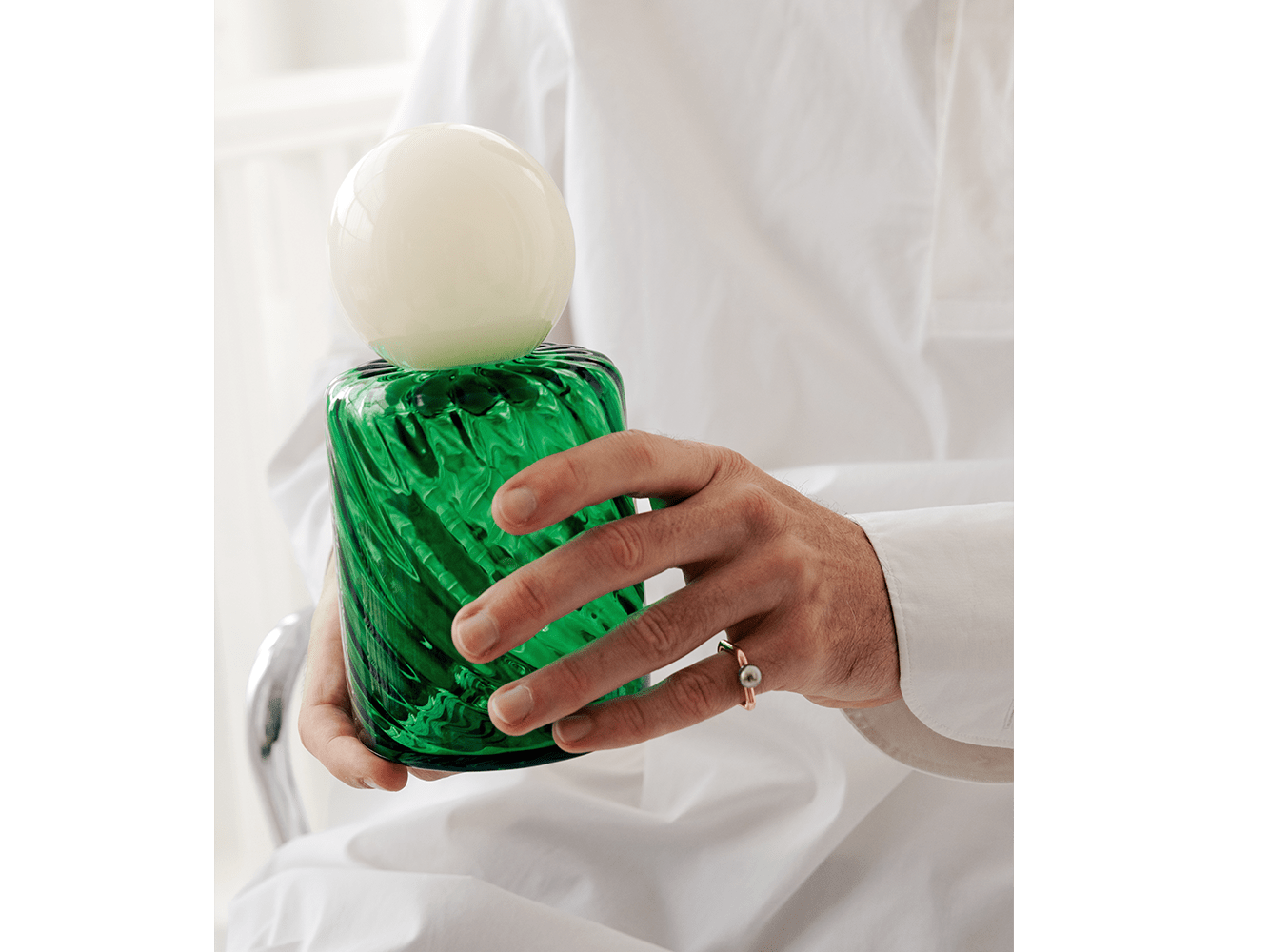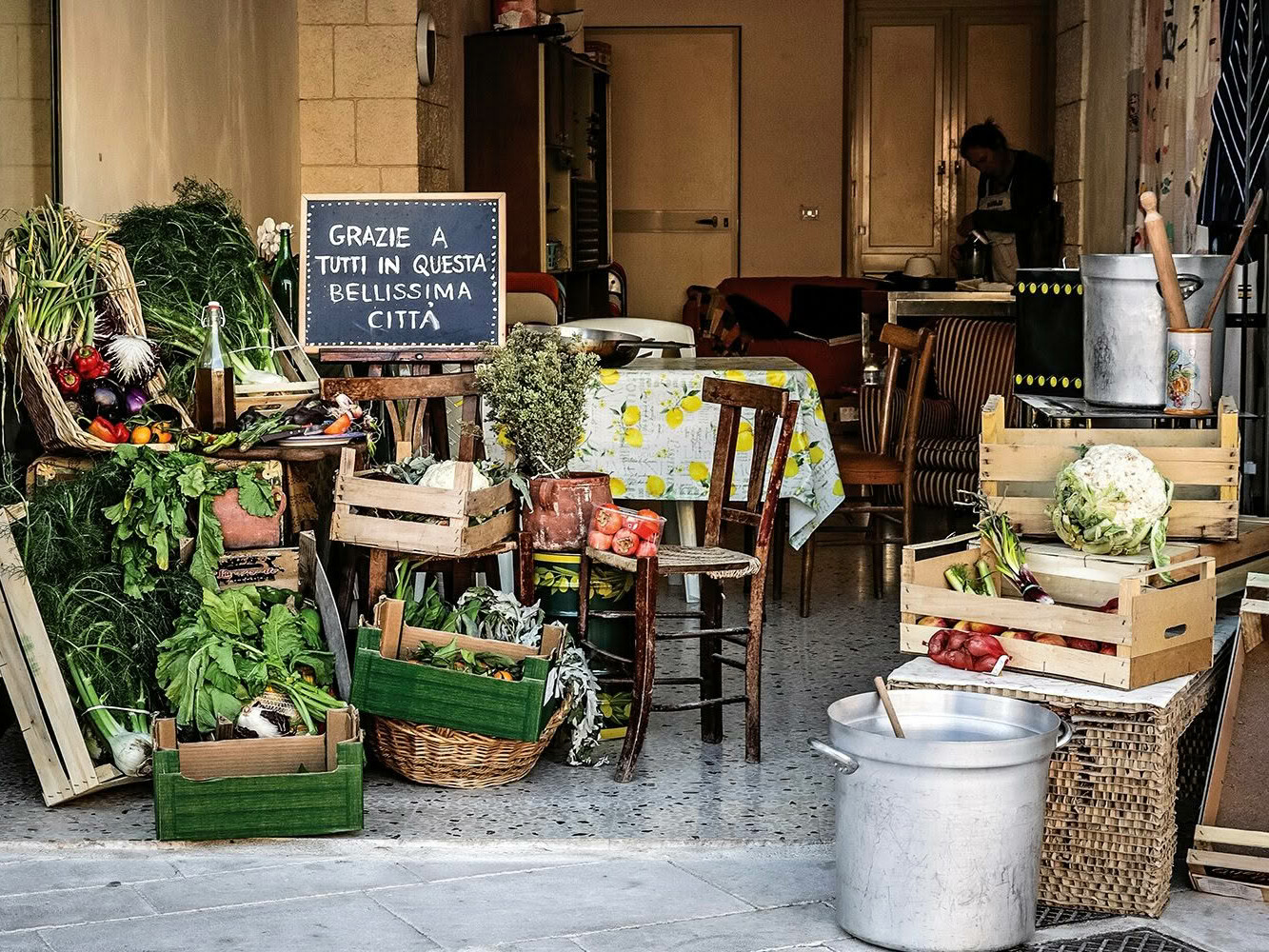What do wine, brightly coloured pants, vintage vinyl and chutney have in common? The new chair of Cuisine’s wine panel, Simon Nunns, stands proudly at the centre of this odd Venn diagram (OK… so maybe it’s not quite that odd, as removing the chutney gets you Duncan Forsyth of Mount Edward Winery instead).
A gentleman winemaker, Nunnsy – as he is affectionately known – is a stalwart of the country’s wine judging circuit; it’s where I first met him, judging at the now defunct Air New Zealand Wine Awards. Most who have judged with him speak of his considerable intellect, love of science and learned approach to wine. As a taster he is, of course, possessed of a winemaker’s fault-seeking technical palate; but it is balanced with a surprisingly accepting and open-minded approach towards wines that don’t fit neatly into boxes – something more commonly associated with the newer generation of wine professionals.
In part, this has something to do both with Simon’s own journey into wine and his personality. A sophisticated and erudite urbanite (so says his good friend, winemaker James Rowan), he fell into wine somewhat by chance, having piqued his interest during particularly engaging visits to cellar doors in Hawke’s Bay and Gisborne in his early twenties. After university he started working in IT, before the recession of the times spurred a move to London. Along the way, he started working in wine retail in Wellington, which translated into a job at the Majestic Wine warehouses during his London years.
Upon returning to New Zealand in 1992, he jumped right into winemaking, moving to Auckland and connecting with Kim Crawford, then winemaker at Coopers Creek. He did a short stint at Villa Maria while retraining to be a winemaker at Lincoln, before returning to Coopers Creek, where he remained for nearly 23 years. Simon was part of Lincoln’s infamous Class of ’95, which counts among its number several of New Zealand’s great winemakers, including Jacqui Murphy of Two Paddocks, Claire Mulholland of Burn Cottage, George Geris from Villa Maria and James Rowan from Soho and Westbrook (who kindly let me pick his brains for juicy stories about his ex-classmate and close friend!).
Unlike most traditional winemakers, Simon is very much a city-dweller, which has led to some interesting career choices. For starters, he’s heavily exposed to the more cosmopolitan side of the wine industry (the eating out and drinking part), and being domiciled in Auckland, somewhat removed from the dominant winemaking or philosophical themes of any particular wine region. From a judging perspective, this presents an interesting position of being region- agnostic. Adding to that lack of regional loyalty, his role at Coopers Creek also placed him on the pioneering path for several lesser-known and newer grape varieties in New Zealand such as albariño, arneis, grüner veltliner, marsanne and fiano. Being tasked with entirely new varieties to make has challenged him to look beyond New Zealand for wine inspiration and examples, which, in my opinion, has influenced his wine judging style. It also meant that his so-called ‘retirement’ from winemaking allowed him to explore his other eclectic hobbies such as hunting for old vinyl in record stores and making chutney (which I admit to not understanding). I should point out that the retirement was unsuccessful, as he is back making wine again as a consultant for Stanley Estates and Dancing Water. But joking aside, not having the heavy responsibilities of being chief winemaker for a large operation means that he operates on his own terms now and is able to balance his wine life with the rest of his life .
I had the distinct pleasure of chatting to writer and wine judge Mary-Therese Blair during downtime breaks at Winetopia Wellington, where she raised a fantastic point about wine judging. To paraphrase her, one of the keys to wine judging results remaining fresh and relevant is the importance of diversity in the panels. And by this, she doesn’t just mean getting new people in but also different combinations of judges so they can continue to challenge each other and stay open-minded. This is possibly one of the more difficult tasks of a panel chair: knowing how to encourage and maintain that diversity, while retaining a high calibre of results.
Like Ben Glover, his predecessor at Cuisine, Simon believes in a collaborative and cooperative wine industry that openly shares knowledge and innovation. He is a product of that openness and camaraderie and actively works to ensure that it continues, giving his time to cultivate and nurture the next generation of wine professionals just as was done for him. That’s what being a wine judge is: taking time away from your job to taste objectively, argue passionately for wine you like, understanding someone else’s point of view and assessing it against your own, then finally agreeing on a joint decision to praise or criticise someone else’s hard work. I’m not one for augury, but I am quietly confident that Simon will continue the revitalisation and renewal work that Ben started, and I look forward to seeing the results of this change in the months and years to come here on Cuisine’s pages. ■
SEE MORE FROM CUISINE
Design File / Sara Bruce / Exhibit A / Auckland
The contents in a cold glass should be savoured. Having one superb…

